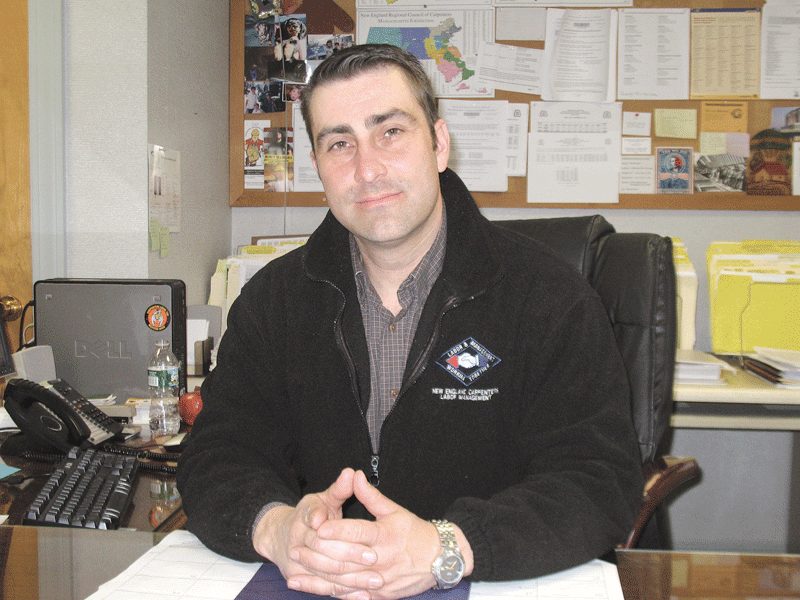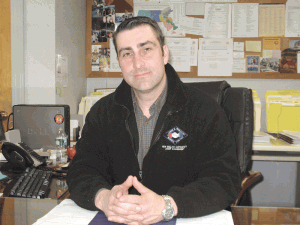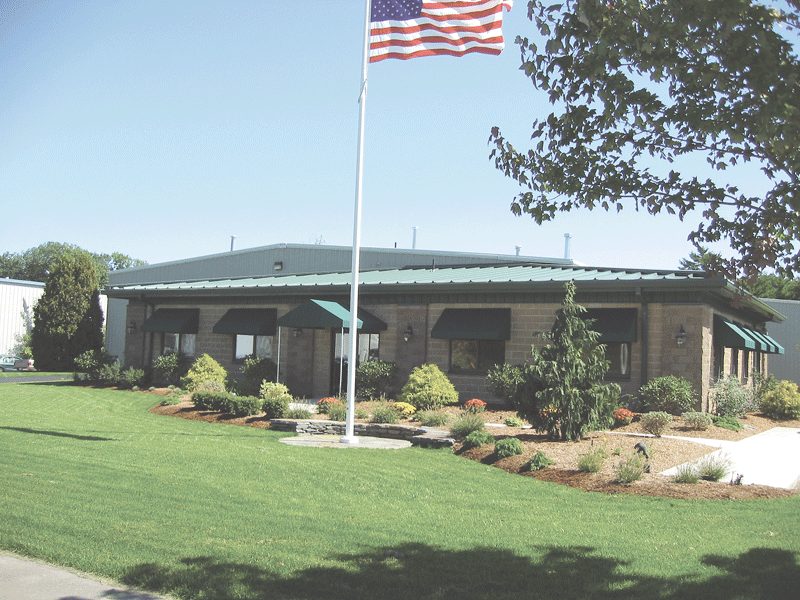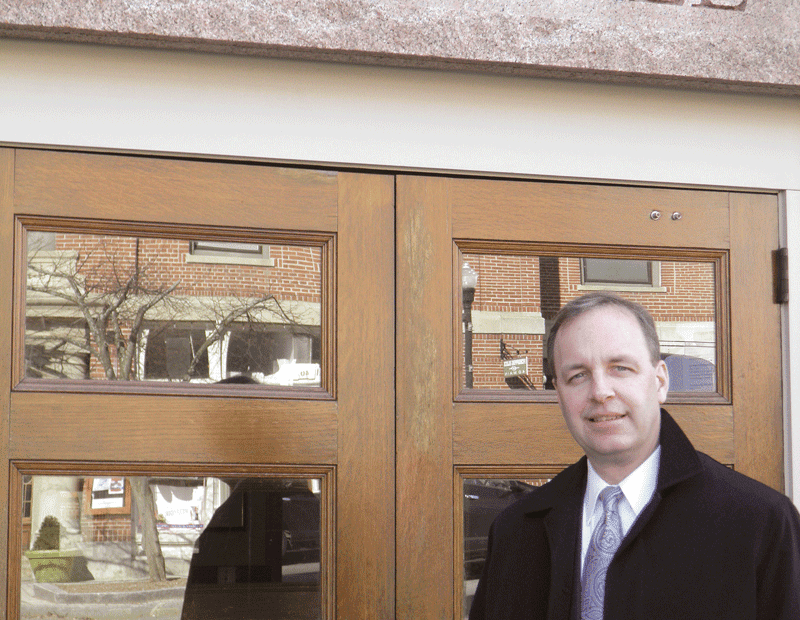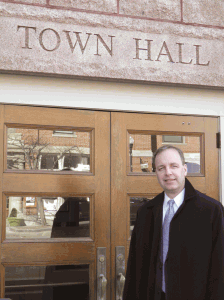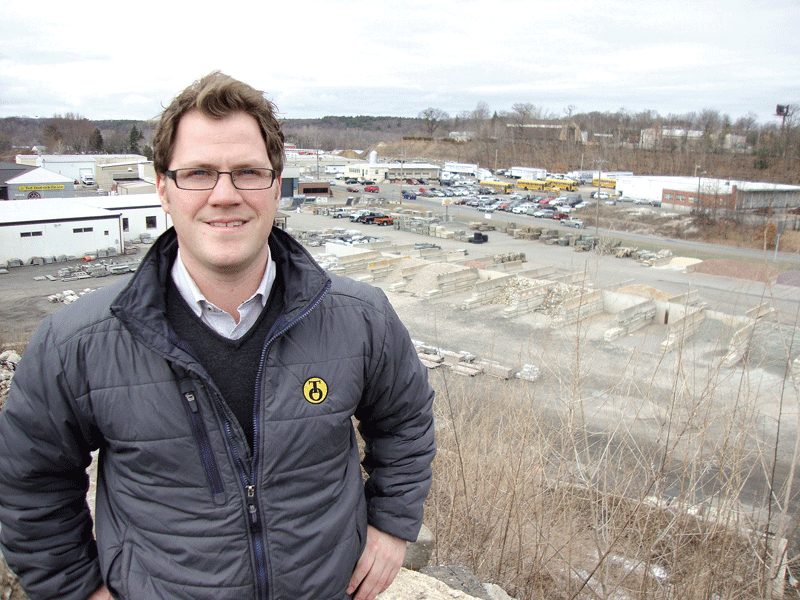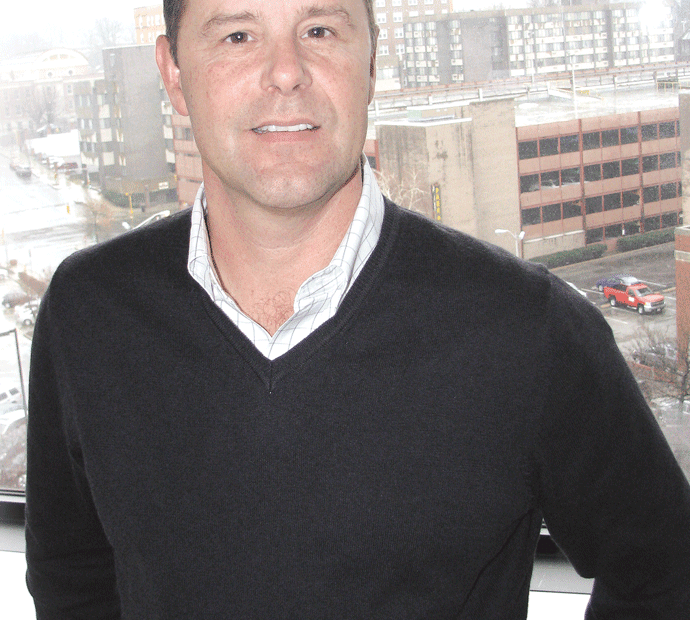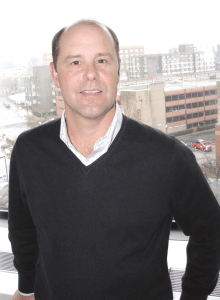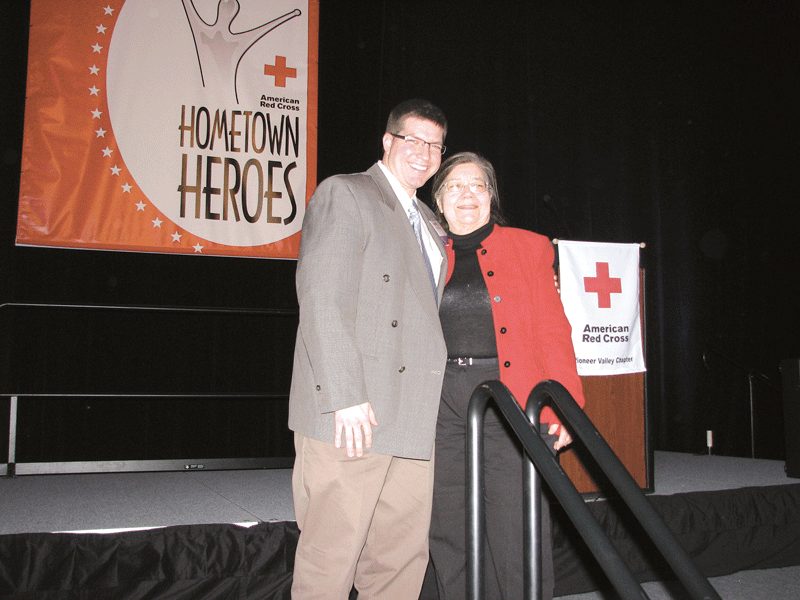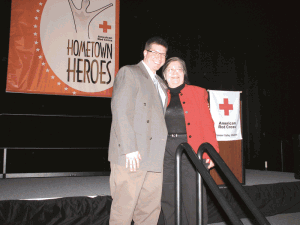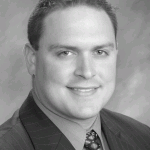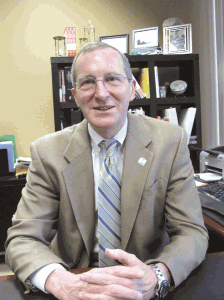The following business incorporations were recorded in Hampden, Hampshire, and Franklin counties and are the latest available. They are listed by community.
AMHERST
Armstrong Educational Associates Inc., 7 Pomeroy Lane, Suite 5, Amherst, MA 01002. Stephen Armstrong, 113 Huntington Road, Hadley, MA 01036. Student tutorial services.
F40PH Preservation Society Inc., 130 Blackberry Lane, Amherst, MA 01002. Rowan Christopher De La Barre, same. Preservation, education.
CHESTER
Functional Art Inc., 7 Prospect St., Chester, MA 01011. Michele Klemaszewski, 33 Maple Ave., Chester, MA 01011. Manufacture and sales of window treatments.
CHICOPEE
733 Chicopee Street Inc., 733 Chicopee St., Chicopee, MA 01013. Timothy J Driscoll, 22 Scott Hollow Road, Hollow, MA 01040. Restaurant, bar, real estate.
Desmarais Plumbing & Heating Inc., 318 Springfield St., Chicopee, MA 01013. Robert E. Desmarais, same. Plumbing and heating.
Dynamic Network Solutions Inc., 31 Loveland Terrace, Chicopee, MA 01020. Michael Thomas Malley, same. Computer consultants.
EAST LONGMEADOW
Emporium Newsstand Inc., 444 North Main St., East Longmeadow, MA 01028. Rakeshkumar Patel, 2 Stadler St., Belchertown, MA 01007. Newsstand and smoke shop.
Chicopee Salty Dog Inc., 12 Chatham Circle, East Longmeadow, MA 01028. Michael Buehrie, same. Bar.
FLORENCE
Franklin-Hampshire Counties VFW District 13, Department of Massachusetts Home Association Inc., 18 Meadows St., Florence, MA 01062. Joseph P. Grabon, 246 Chestnut St., Turner Falls, MA 01376. Fraternal, patriotic, historical, and educational comradeship for members.
Earth First Flooring Inc., 131 Main St., Florence, MA 01062. John K. Asselin, 56 West Pelham Road, Shutesbury, MA 01072. Flooring sales and installation.
GRANBY
Diamond Cut Straight Edge Inc., 547 Amherst Road, Granby, MA 01033. Tyler E. Scheinost, same. Retail Internet sales.
GREENFIELD
Five Fifty-Five LTD., 174 Conway St., Greenfield, MA 01301. Quillon Xylor Swane, same. Create and sell artwork.
HADLEY
Hadley Auto Express Inc., 210 Russell St. #212, Hadley, MA 01035. Amir Mikhchi, 18 Foxglove Lane, Amherst, MA 01002. Motor vehicle repair.
Flying Object Center for Independent Publishing, Art, & The Book, Inc., 42 West Str., Hadley, MA 01035. Emily Pettit, 104 South St., Apt. 2R, Northampton, MA 01060. Artistic and literary development and education to promote literacy, professional development in the arts, and to establish programs, workshops, forums, trainings, and public performances relevant to independent publishing, printing, art, and design.
HAMPDEN
Hampden Bagel Nook Inc., 34 Somers Road, Hampden, MA 01036. Samir Ahmad, 14 Rideway Road, Hampden, MA 01036. Sandwich and breakfast shop.
Graduate Pest Solutions Inc., 79 Martin Farms Road, Hampden, MA 01036. Brenda D. Olesuk, same. Pest control and extermination.
HOLYOKE
Alois Importing Co. Inc., 108 Cabot St., Holyoke, MA 01040. Aloyce C. Assenga, 71 Craig Dr., West Springfield, MA 01089. Importing of goods.
AW&T Auto Wholesale & Transport Inc., 395 Maple St., Holyoke, MA 01040. Oussama M. Awkal, 46 Ogden St., Springfield, MA 01151. Used auto sales and transport.
LENOX
Dunbar & Associates Inc., 188 East Dugway Road, Lenox, MA 01240. Stuart M. Dunbar, same. Create, sell, and promote computer development, system development, business analysis and software implementation.
LONGMEADOW
D&D Industries Corp., 95 Dunsany Dr., Longmeadow, MA 01106. Brian John Danahey, same. Wholesale — adhesive products.
LUDLOW
East Street Deli Inc., 223 East St., Ludlow, MA 01056. Eric S. Boyer, 56 Cote Road, Monson, MA 01057. Deli restaurant with takeout and catering.
Dacruz Inc., 167 Center St., Ludlow, MA 01056. Rosa M. Dacruz, same. Real estate management.
NORTHAMPTON
Center for Biography and Social Art, Inc., 41 Hubbard Ave., Northampton, MA 01060. Signe Schaefer, 15 Hillside Ave., Great Barrington, MA 01230. Provide courses of instruction, public workshops, lectures and discussion groups on building community, human development, life phases, gender and to support research on life themes through conferences, publications, and Web sites.
NORTH ADAMS
Donna Thomas Realty Inc., 71 Quincy St., North Adams, MA 01247. Donna M. Thomas, same. Real estate broker.
PITTSFIELD
Alchemy Initiative Inc., 50 Melville St., Pittsfield, MA 01201. Jessica Conzo, same. Charitable, educational and literary.
Daddyo’s Inc., 511 East St., Pittsfield, MA 01201. Lydia R. Kuzia, same. Restaurant.
Dolce Dental, P.C., 100 Wendall Ave., Pittsfield, MA 01201. Nieca J. Faggiloi DMD, same. The practice of dentistry.
Enlightning Strikes Inc., 34 Kathy Way, Pittsfield, MA 01201. Donna M. Yerkes, same. Own and operate a liquor store.
Gemi Management Company Inc., 130 Pittsfield-Lenox Road, P.O. Box 3029, Pittsfield, MA 01201. George L. Haddad, 150 Blythwodo Dr., Pittsfield, MA 01201. Automobile dealerships.
SOUTH HADLEY
Allen Media Inc., 21 College St., South Hadley, MA 01075. David Allen, same. Marketing, consulting, and advertising.
SPRINGFIELD
AK Wireless Inc., 455 Sumner Ave., Springfield, MA 01108. Ho J Han, 9 Kimbell CT. #811, Burlington, MA 01803. Retail wireless store.
All Waste Trash Management Inc., 181 Chestnut St., Springfield, MA 01103. Richard Barnes, 1187 Shaker Road, Westfield, MA 01085. Trash removal and asset management.
DB Wireless Inc., 1356 Boston Road, Springfield, MA 01119. Ho J Han, 9 Kimbell CT #811, Burlington, MA 01803. Retail wireless store.
D.F.S. International LTD., 29 Cadwell Dr., Springfield, MA 01104. Francesco A. Daniele, 47 Jamestown Dr., Springfield, MA 01108. Import and distribution of food products.
Green Street Logistics Inc., 216 Mount Holly Dr., Springfield, MA 01118. Gary Samuel Linsky, same. Provide green building technologies and training programs designed for persons involved in the criminal justice system.
SOUTH HADLEY
Dairy Market Inc., 54 Bridge St., South Hadley, MA 01075. Fardooq G. Shaikh, 34 Bridge St., South Hadley, MA 01075. Convenience and grocery food store.
SOUTHWICK
Good Scents Garden Corp., 17 Matthews Road, Southwick, MA 01077. Claire M. Kenna, same. Landscape design and maintenance.
SPRINGFIELD
Baystate Dental Management Inc., 1795 Main St., Springfield, MA 01103. Kevin Coughlin, same. Professional management services for persons or entities performing dental services.
BH Wireless Inc., 1380 Main St., Springfield, MA 01103. Ho J Han, 9 Kimbell CT. #811, Burlington, MA 01803. Retail wireless store.
STURBRIDGE
Eclecticorp Inc., 14 Cedar Lake Dr., Sturbridge, MA 01566. William Jacob, same. Photography.
WEST SPRINGFIELD
Andre’s West Side Sports Shop Inc., 645 Westfield St., West Springfield, MA 01089. Chad Andre, 40 Forest Ridge Road, West Springfield, MA 01089. Sporting goods store.
Association of Slavic Immigrants of Massachusetts Inc., 801 Main St., West Springfield, MA 01089. Fedor Songorov, 1085 North St., Feeding Hills, MA 01030. Appointment transportation, interpreting service: Russian, Turkish, English, citizenship classes, basic computer classes, driver license test, family counseling services.
Colton Express Inc., 19 Colton Ave., West Springfield, MA 01089. Semen Shapovalov, same. Trucking.
Drisdelle Inc., 115 Morton St., West Springfield, MA 01089. John R. Drisdelle, same. General carpentry and home improvement.



